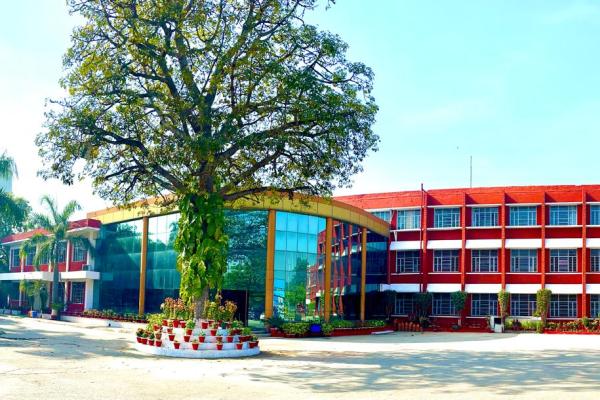
Primary Education in India: A Foundation for the Future
- Naveen
- Jul 09, 2025
- 0
Primary Education in India: A Foundation for the Future
Primary education is the cornerstone of any nation's development, and in a country as diverse and populous as India, it plays a critical role in shaping the future. Encompassing the first stage of formal education — typically from Class 1 to Class 5 (ages 6 to 11) — primary education in India is not only a fundamental right but also a key driver of social and economic progress.
The Importance of Primary Education
Primary education serves as the foundation upon which all other levels of education are built. It equips children with basic literacy, numeracy, life skills, and social values. At this stage, children develop cognitive abilities, emotional intelligence, and a sense of curiosity about the world around them.
Investing in quality primary education leads to:
- Improved literacy rates
- Higher employability in the future
- Better health and hygiene awareness
- Reduction in poverty and inequality
- Empowerment of girls and marginalized communities
Structure of Primary Education in India
The Indian primary education system is governed by both central and state governments. Key features include:
- Duration: 5 years (Classes 1–5)
- Age Group: 6–11 years
- Curriculum: Includes languages, mathematics, environmental studies, and moral science
- Languages of Instruction: Varies by state; English, Hindi, and regional languages are commonly used
Government Initiatives and Policies
India has implemented several initiatives to strengthen primary education:
1. Right to Education Act (RTE), 2009
The RTE Act makes free and compulsory education a fundamental right for children aged 6 to 14. It mandates infrastructure standards, pupil-teacher ratios, and prohibits physical punishment and mental harassment.
2. Sarva Shiksha Abhiyan (SSA)
Launched in 2001, SSA aims to universalize elementary education through community-based approaches and decentralized planning.
3. Mid-Day Meal Scheme
Introduced to improve nutritional status and encourage school attendance, the scheme provides free lunches to children in government and aided schools.
4. Samagra Shiksha Abhiyan
An integrated scheme launched in 2018, combining SSA, RMSA (Rashtriya Madhyamik Shiksha Abhiyan), and teacher education into a single umbrella to ensure holistic school education from preschool to Class 12.
Challenges in Primary Education
Despite significant progress, several challenges persist:
- Inadequate infrastructure in rural areas
- Shortage of trained teachers
- High student-teacher ratios
- Language barriers in multilingual regions
- Drop-out rates due to poverty, especially among girls
- Quality of learning outcomes remains a concern
The Way Forward
To ensure inclusive and equitable quality education, India must:
- Invest more in infrastructure and teacher training
- Use technology for interactive and remote learning
- Promote mother-tongue instruction in early years
- Strengthen school monitoring and accountability
- Encourage community involvement in school management
Conclusion
Primary education in India has come a long way, yet there is much work to be done to ensure that every child receives a quality education. By addressing the systemic challenges and continuing to innovate in policy and practice, India can empower its next generation and build a more educated, equitable, and prosperous society